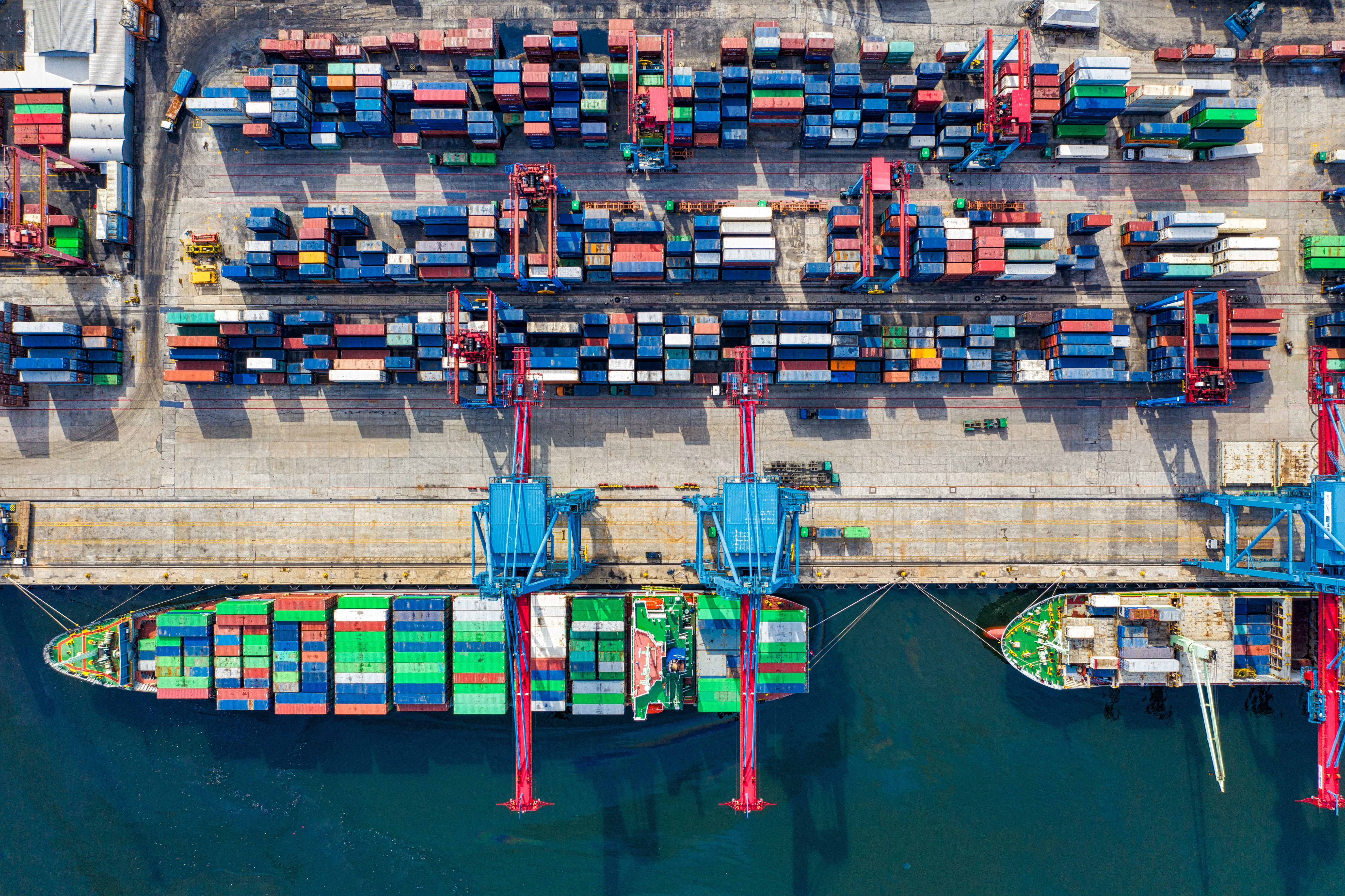News | The 2020 PortReport: Researching Port Governance Practices Globally
Stop the VideoNews

METRANS UTC
The 2020 PortReport: Researching Port Governance Practices Globally
Thursday, July 30, 2020

University of Southern California Professor of Practice and former Director of the Port of Los Angeles, Dr. Geraldine Knatz, in collaboration with Dr. Mary Brooks and a team of international transportation policy experts, recently published a PortReport on “Transparency in Governance: Seaport Practices.” This report is the fifth installation of the PortEconomics series that serves to increase the visibility of port practices and initiatives on a global scale. The PortReport, “explores the levels of standards and transparency in the governance of [public] ports,” in Europe, North America, and South America. The report analyses governance and transparency methods by diving into publicly available information on port practices. Key actors in port governance, such as government departments involved in port policy-making, port authorities, and port regulators need to be transparent about their behavior, policies, and practices as a way of enhancing economic performance and accountability to their stakeholders, particularly the community that hosts the port.
Transparency is a key factor of proper governance for organizations across all industries. The PortReport examined the websites of selected ports and collected data on the ways that each site promoted transparency for the public. In some instances, however, their lack of transparency was noted. A few examples of transparency characteristics utilized in this study include areas such as public access to Port Board meetings, the availability of discussed policy information in such meetings, social media usage by the ports, and the reporting procedures and accessibility of that information. Although the methods for accountability between regions ultimately differ, the report’s primary purpose for choosing these categories served to, “…understand how and what ports were communicating to their audiences.”
Altogether, the findings of the PortReport point toward further developments that can be made to improve governance practices in these four regions. One of the most prominent findings was the lack of consistency in the studied regions on their availability and communication of information on port governance practices: “Within each region, transparency levels in decision-making governance, the reporting of these decisions, and the consequent port activities were found to be inconsistent.” Although some ports, such as the Port of New York and New Jersey in the U.S., have easily accessible transparency information on their sites, many others vary in their dedication to relay consistent information to their audiences. It is noted in the report that the governance policies of seaports have been improving over time, but this research highlights that there are further developments that still need to be made to maintain consistent communication on governance practices between public ports and their stakeholders.
Governance and transparency policies practiced by seaports are constantly evolving; however, the findings of the PortReport indicate a few key areas for improvement. To reach optimum communication levels between the ports, their stakeholders, and their general audiences, full transparency of activities such as policy briefs and board meetings must become a normal practice across all regions. The PortReport suggests that cultural norms, the option of voluntary compliance for governance practices, and gender and diversity of board members may affect the applications of full transparency in ports depending on the region. This leads to a need for further research on governance practices with case studies that include more regions, demographics, and privatized ports to gain more triangulated data. Ports are vital to the success of intermodal transportation. With that in mind, Dr. Geraldine Knatz and her co-authors seek to spark a long-range conversation on seaport governance practices because of their importance to the key port actors, such as port authorities and terminal operators, as well as the community that hosts each port.
News Archive
- December (1)
- November (6)
- October (4)
- September (2)
- August (3)
- July (4)
- June (3)
- May (7)
- April (8)
- March (11)
- February (8)
- January (7)
- December (7)
- November (8)
- October (11)
- September (11)
- August (4)
- July (10)
- June (9)
- May (2)
- April (12)
- March (8)
- February (7)
- January (11)
- December (11)
- November (5)
- October (16)
- September (7)
- August (5)
- July (13)
- June (5)
- May (5)
- April (7)
- March (5)
- February (3)
- January (4)
- December (4)
- November (5)
- October (5)
- September (4)
- August (4)
- July (6)
- June (8)
- May (4)
- April (6)
- March (6)
- February (7)
- January (7)
- December (8)
- November (8)
- October (8)
- September (15)
- August (5)
- July (6)
- June (7)
- May (5)
- April (8)
- March (7)
- February (10)
- January (12)















